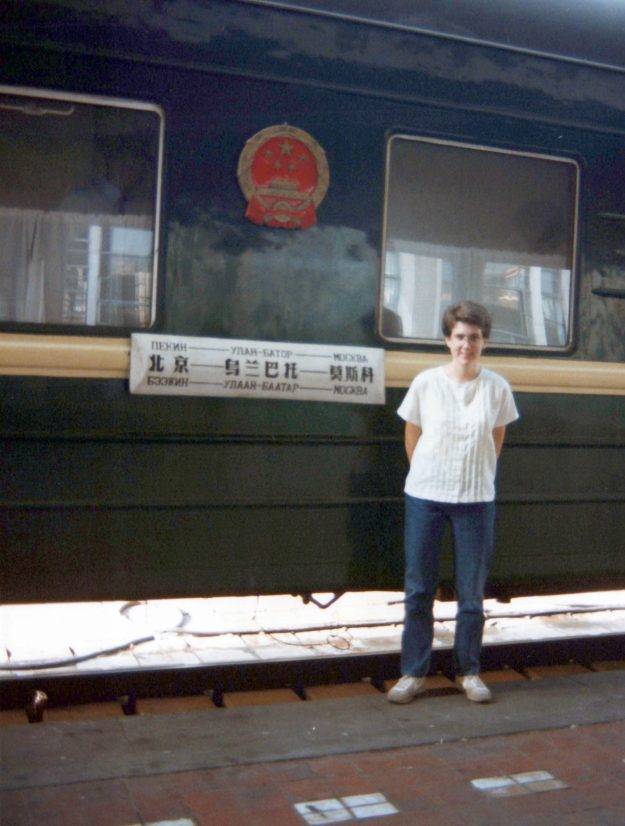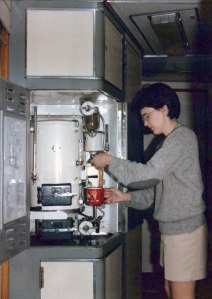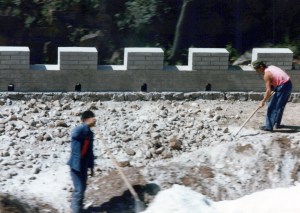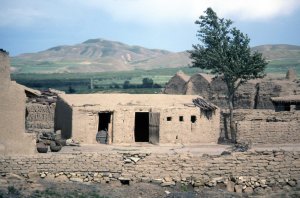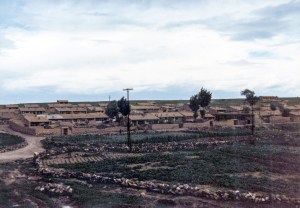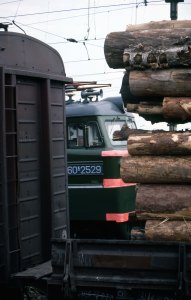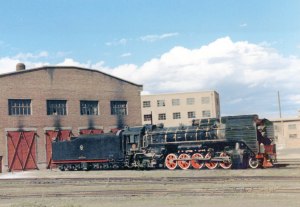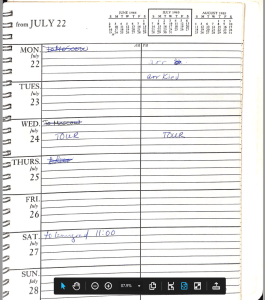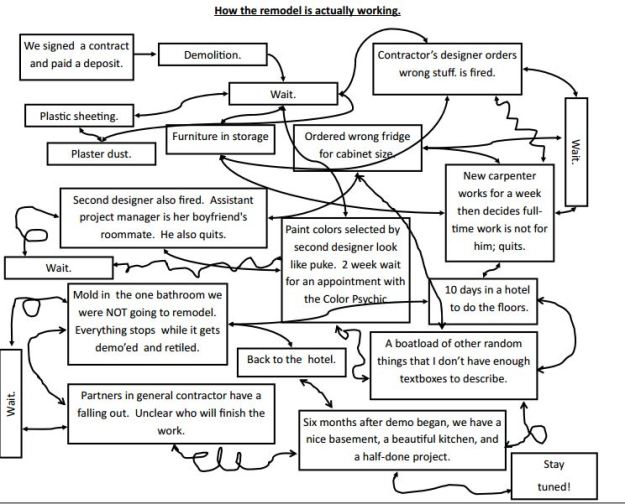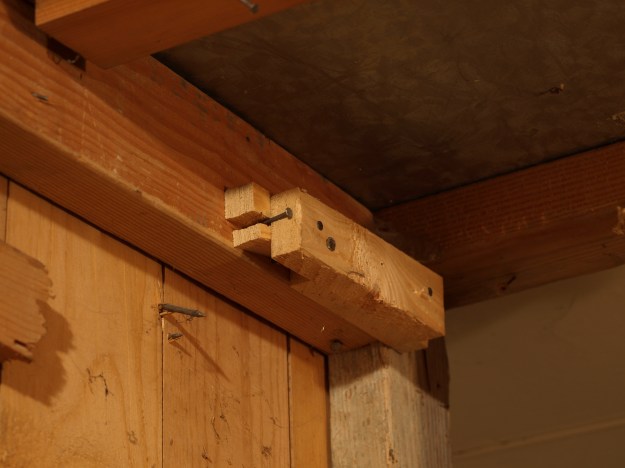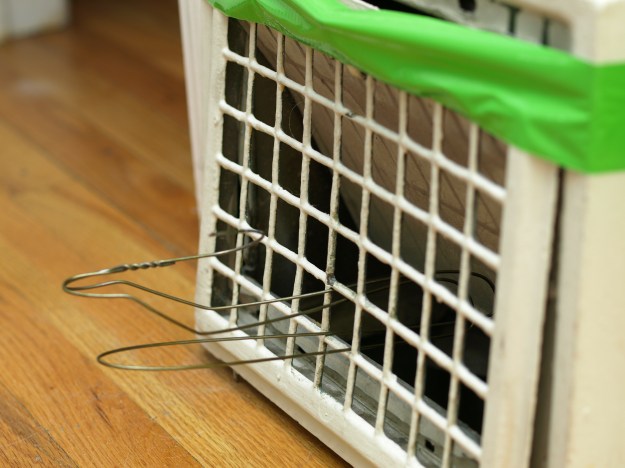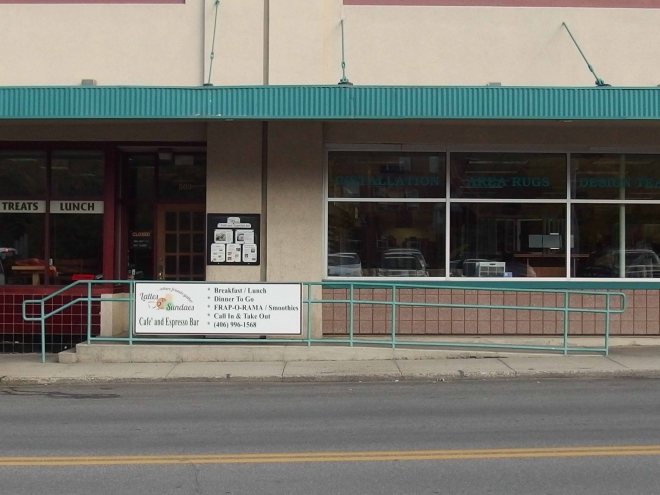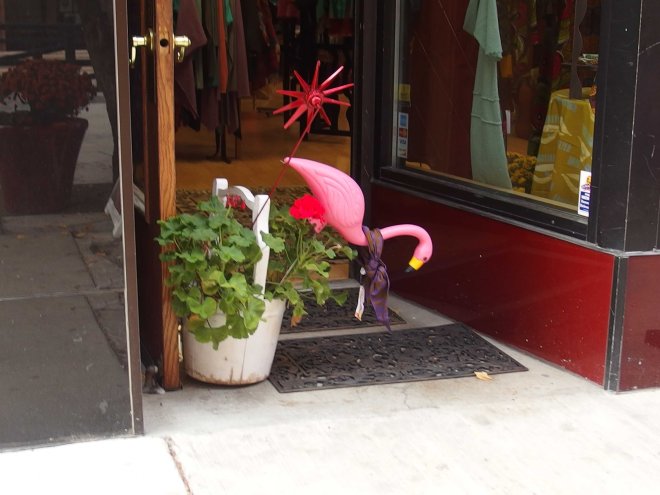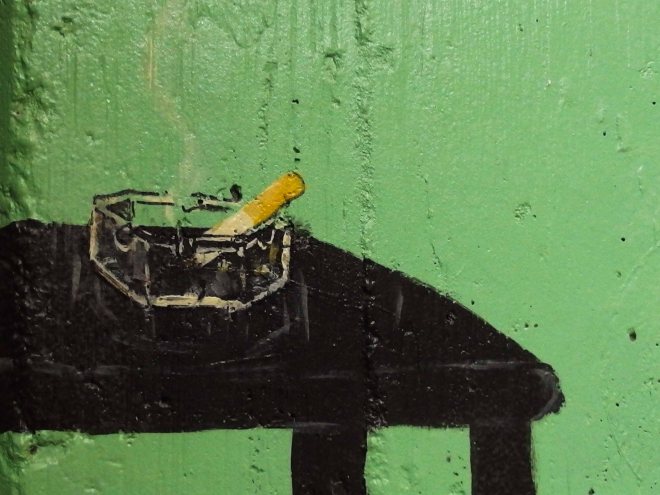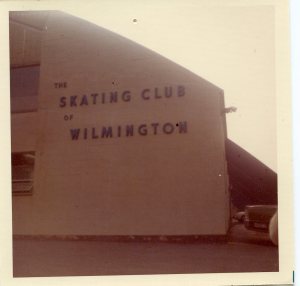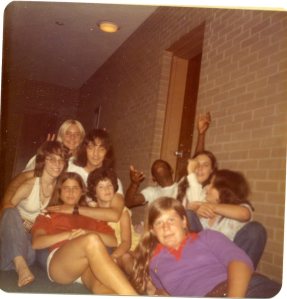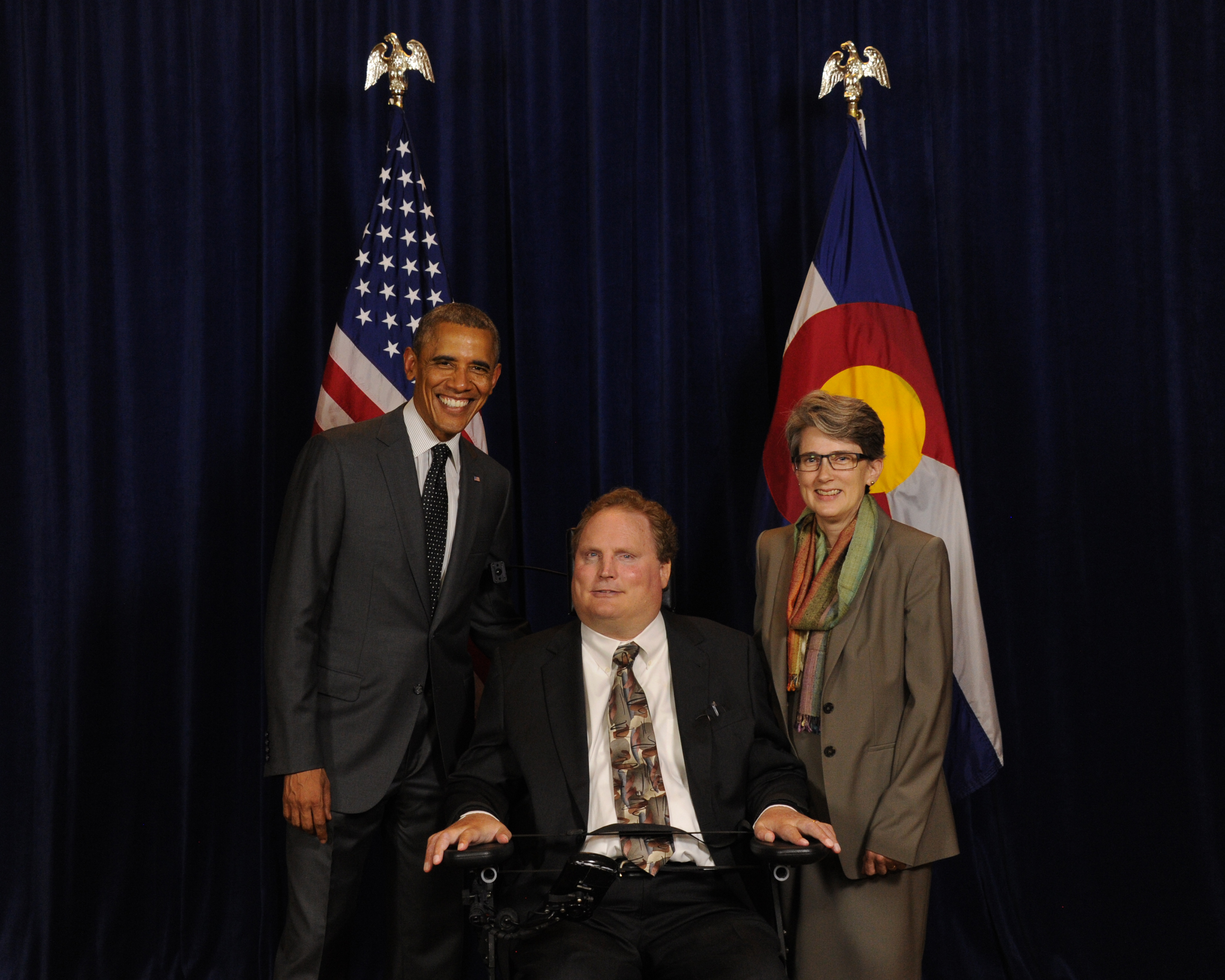Below is the guts of the letter we sent to Marriott and Fine Hospitality Group, the management company at the Marriott Courtyard Santa Fe. We had reserved a room at the Santa Fe Courtyard Marriott for March 15 and 22, on our way to and from a vacation in Phoenix. On the 15th, our request for an accommodation under the Americans with Disabilities Act resulted in a police response.
I want to preface this by recognizing that we have a weird sort of privilege — the “sitting in a hotel room waiting for the police to arrive without fearing for your life” privilege — that made this incident stressful and illegal but not, ultimately, fatal. This does not reduce the extreme danger the hotel personnel were willing to risk in pursuit of violating the ADA.
Here’s what happened:
After we checked in and got to the room, it became clear that the bed was too low for Tim to be able to easily transfer in or out from his wheelchair. This is a fairly common problem that can be solved by either putting blocks under the legs of the bed or adding a second mattress on top. We called the front desk, requested this modification and were told “no.” The staff member explained that the way the bed was set up did not permit adding anything to raise the legs of the bed. We suggested that a second mattress could be placed on top of the first; this suggestion was rejected out of hand (“no”). We asked if there were any extra mattresses in the hotel. “No.” (This seems unlikely but who knows.) We asked if there were any empty rooms from which a mattress could be moved. “No.” The staff person then asked if we wanted to talk with the General Manager. Yes, we said, we would.
The General Manager got on the phone and we went through a similar litany of requests and refusals, but the GM added that the room was set up precisely as required by the ADA and therefore could not be altered. As an initial matter, this is not true: ADA regulations and standards do not prescribe a minimum or maximum bed height. But it also doesn’t matter. In addition to requiring certain basic physical and architectural configurations, the ADA also requires that businesses provide reasonable modifications to policies, practices, and procedures. I explained this to the GM, who continued to insist that the room was as legally required and no changes could or would be made. I explained that we were lawyers who were familiar with applicable law, and that this simply was not true. He stood firm on his refusal to make the required modification. Sensing that this conversation would not result in the modification we needed, I said that we’d deal with the room as it was set up but would take up the matter with Marriott’s legal department. We all rang off.
The staff person, the GM, and both Tim and I were entirely calm throughout the call. We were all firm in our respective positions, but no voices were raised, no inappropriate language used, and no threats made.
Less than a minute after the call ended, the GM knocked at our door and told us we would have to leave the hotel. We said no, we did not intend to do that. He said he would call the police.
Approximately 20 minutes later, four fully-armed officers from the Santa Fe Police Department knocked at our door. We invited them in and Tim explained the above interactions and expressed our desire – it was by that time around 9:10 p.m. – to stay in the hotel so we would not have to pack up and try to find an accessible hotel at that time of night. One of the officers asked what threats we had made. Tim explained that there had been no threats. The officer informed us that the GM had told the police that we had threatened to go door-to-door through the hotel, knocking on doors and harassing guests. There is no other way to characterize this than as a lie, and a dangerous one in that it was used to invoke police intervention in an otherwise calm albeit disappointing interaction. Tim explained to the police that we had not done this, and that it would make no sense for us to anger other hotel guests, who had nothing to do with the situation.
It was my impression that the police were somewhere between puzzled and bemused that they had been called out to discuss wheelchair accommodations. They were professional and friendly throughout.
After the officers had heard us out, one of the officers went to negotiate with the GM on our behalf. The officer returned to say that the GM would “allow” us to stay provided there were no further “issues or threats.” Although, given the exchanges that had brought us to this point, this was a pretty humiliating request, we agreed, the officers left, and we stayed the night.
This entire interaction violated both the requirement to make reasonable modifications to policies, practices, and procedures, 42 U.S.C. § 12182(b)(2)(A)(ii), and the prohibitions on retaliation for opposing discrimination and interference with and intimidation of people exercising or attempting to enjoy their rights under the statute, id. § 12203(a), (b). Indeed, calling the police is at the extreme end of interference and intimidation.
In our letter to Marriott and the management company, we proposed several measures to address this discrimination:
- Training for all staff of the Santa Fe Courtyard on the requirements of the ADA, and specifically the requirements for reasonable modifications;
- Communication to all U.S.-based Marriott and franchisee/licensee staff that, under no circumstances, are they to involve law enforcement in the discussion of the accommodations and modifications needed by guests with disabilities;
- Reprimand to go into the personnel file of the General Manager (whose name we never got); and
- Refund of our payment for the room on March 15 (we have, of course, cancelled our reservation for the return trip and will not be staying at that hotel in future trips to Santa Fe).
Stay tuned! I’ll update the post if we receive a substantive response from Marriott or Fine Hospitality Group.


